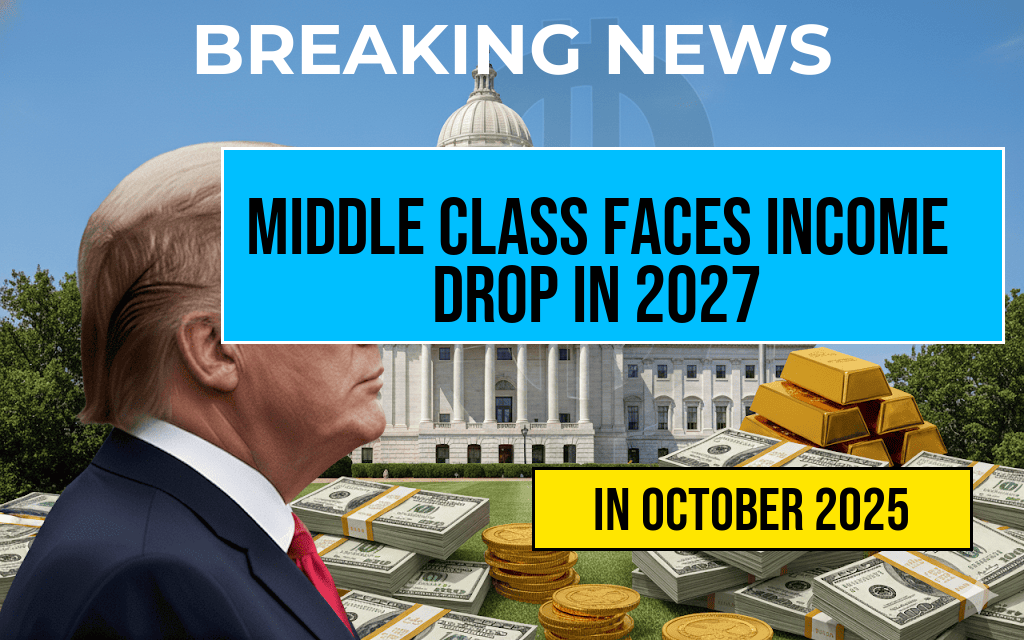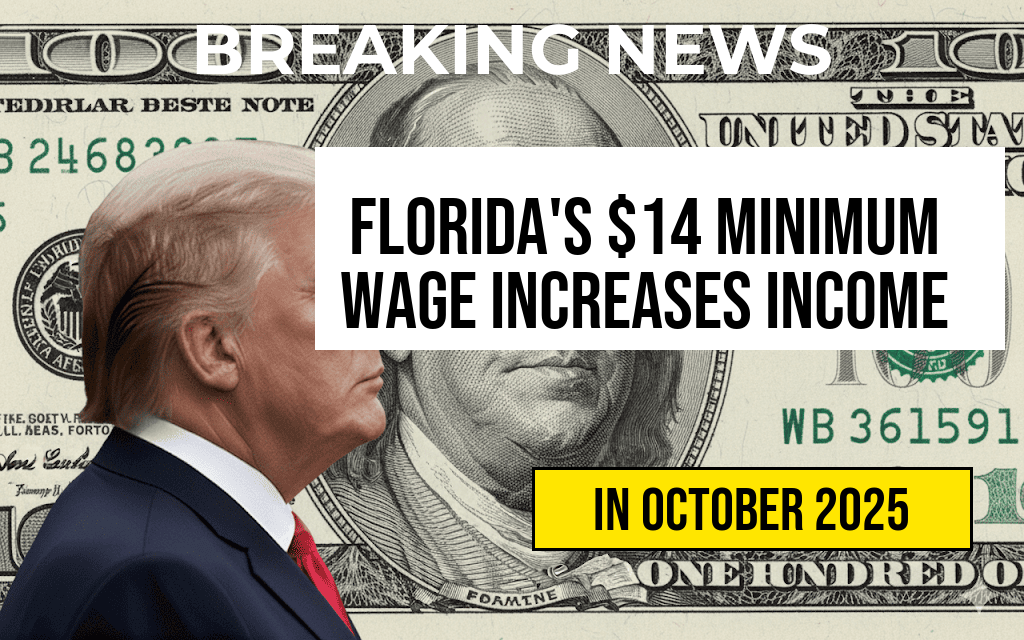Emerging policy proposals and economic shifts are raising concerns about the financial stability of the middle class in the United States. Experts project that upcoming legislative changes could shrink the average household income by approximately $1,300 in 2027, marking a significant blow to a demographic that has historically served as the backbone of the economy. This potential decline stems from a combination of proposed tax reforms, changes in social benefit programs, and evolving labor market policies that could disproportionately impact middle-income earners. As policymakers grapple with balancing fiscal responsibility and economic growth, the implications for millions of American households remain uncertain, prompting urgent discussions about the future of economic security for the middle class.
Understanding the Policy Landscape and Its Potential Impact
Key Policy Proposals on the Table
- Tax Reforms: Several proposals aim to overhaul the current tax system, including increasing taxes on middle-income earners to fund deficit reduction and social programs. These measures could elevate effective tax rates, reducing disposable income for millions.
- Social Benefit Adjustments: Discussions around modifying or phasing out certain social safety nets, such as expanded child tax credits or healthcare subsidies, threaten to diminish household support systems that currently bolster middle-class stability.
- Labor Market Regulations: Proposed changes to labor laws, including potential increases in minimum wages and stricter employment regulations, could have mixed effects—potentially raising wages for some but increasing costs for employers, leading to slower job growth or reduced hours for others.
Projected Economic Outcomes
Analysts from the U.S. economy warn that these policy shifts could collectively lower the median household income, with estimates indicating a decline of around $1,300 by 2027. This reduction would effectively roll back income levels to those seen roughly five years prior, eroding purchasing power and savings potential for middle-class families.
Factors Contributing to Income Decline
Tax Increases and Their Effect on Disposable Income
Proposed increases in income and payroll taxes are expected to directly impact middle-income households, which currently shoulder a significant portion of the tax burden. For example, raising the top threshold for higher tax rates could push more middle-class earners into higher brackets, shrinking take-home pay.
Changes in Social Program Funding
Reductions or restructuring of popular programs like the Child Tax Credit or healthcare subsidies could leave families facing higher out-of-pocket expenses. These programs currently serve as vital buffers against financial shocks, and their diminution could exacerbate economic vulnerability.
Labor Market Dynamics
While increased labor protections might boost wages for some workers, the ripple effects—such as increased costs for employers—could lead to slower hiring or reduced hours, particularly for entry- and mid-level positions. Such shifts could dampen income growth prospects for middle-income households.
Broader Economic and Social Implications
Potential Rise in Economic Inequality
If income reductions predominantly affect middle-income earners, the gap between the upper and middle classes could widen further. This divergence risks fueling social discontent and undermining consumer confidence, which is vital for economic growth.
Impact on Consumer Spending and Economic Growth
Household consumption accounts for a significant portion of U.S. economic activity. A decline in middle-class income levels may lead to decreased spending, affecting retail, housing, and service sectors, and potentially slowing overall economic momentum.
Policy Responses and Public Discourse
| Policy Area | Expected Impact | Estimated Income Reduction |
|---|---|---|
| Tax Reforms | Higher effective tax rates for middle earners | $700–$900 |
| Social Benefits | Reduced subsidies and credits | $300–$500 |
| Labor Regulations | Slower wage growth, increased costs | $100–$200 |
Community and Political Responses
As the potential for income reduction becomes clearer, advocacy groups and labor organizations are mobilizing to influence policy debates. Some lawmakers emphasize the importance of safeguarding middle-class prosperity through targeted relief measures, while others argue that fiscal reforms are necessary to ensure long-term economic sustainability. The coming months are expected to see heightened discussions around balancing fiscal responsibility with social equity, with many Americans concerned about the affordability of their everyday lives.
What This Means for the Average American
For millions of middle-class families, the prospect of a $1,300 income reduction could translate into tighter budgets, postponed home improvements, or diminished savings. As inflation persists and economic uncertainty persists, these potential income shifts highlight the importance of adaptive financial planning and proactive policy engagement. Experts recommend staying informed about legislative developments and exploring ways to bolster financial resilience amid evolving economic policies.
Frequently Asked Questions
What is the main concern for the middle class in 2027?
The main concern is that new policies could significantly reduce the average income of the middle class by approximately $1,300 in 2027, putting their financial stability at risk.
Which policies are expected to impact middle-class income?
The article discusses recent policy changes related to taxation, social benefits, and economic reforms that may lead to a decline in middle class income levels over the next few years.
How might these policy changes affect the overall economy?
If the middle class income decreases, it could lead to reduced consumer spending, slower economic growth, and increased economic inequality, ultimately impacting the overall economy.
Are there any measures being considered to protect the middle class?
While the article highlights potential risks, it also mentions ongoing discussions about policy adjustments and support programs aimed at mitigating the negative effects on the middle class.
What steps can middle-class individuals take to prepare for these changes?
Middle-class individuals are advised to review their financial plans, consider diversifying income sources, and stay informed about policy developments to better navigate potential impacts in 2027.






